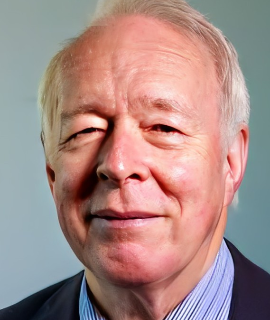Dental Radiology
Dental Radiology is an important part of the dental sciences, and is the use of imaging technologies to diagnose and treat oral health issues. These imaging techniques, such as X-rays, 3D imaging, computed tomography (CT) scans, and cone beam computed tomography (CBCT) scans, allow for greater detail and accuracy when identifying and addressing problems such as tooth decay and gum disease. X-rays are the most common imaging type, as they provide a detailed image of the hard material, such as teeth, in a patient’s mouth. X-rays can help detect cavities, abscesses, and other problems. 3D imaging provides a more global view of the mouth, as it can take images from multiple angles. This is particularly helpful for complicated surgeries, such as root canals, when it is important to identify the exact location of the problem. CT scans provide incredibly detailed images of the soft tissue, such as the jawbone and surrounding nerves. CBCT scans, similar to CT scans, provide detailed images, but with even greater precision. These scans are typically used in pre-operative evaluation, implant planning, and dental trauma assessment. Due to the high information provided by dentists' radiology images, radiologically guided treatments are becoming more and more commonplace. These treatments allow for the dentist to precisely administer local anesthetics, surgeries, implants, and other therapies. Radiology is also important when planning for cosmetic dentistry procedures, such as veneers and implants, as it helps provide detailed images of the oral anatomy and make precise measurements. Radiology images also help dentists identify signs of oral cancer and other systemic diseases. Overall, dentists' radiology imaging plays a key role in the diagnosis and treatment of oral health conditions. It allows for greater accuracy and precision when identifying and addressing issues, as well as providing detailed images for the dentist to evaluate. As technology advances, the role of dental radiology will continue to grow, allowing dental professionals to make increasingly informed decisions.

David Geoffrey Gillam
Queen Mary University of London, United Kingdom
Christopher Turner
Spacemark Dental, United Kingdom




Title : Evaluating hygienist follow up for head and neck oncology patients in secondary care: Results from a two cycle audit
Peter Basta, Newcastle Dental Hospital, United Kingdom
Title : Atypical facial pain unravelled
Christopher Turner, Spacemark Dental, United Kingdom
Title : New treatment of temporomandibular disorder through muscle balance and muscle regeneration by activation of quiescent muscle stem cells( satellite cells) with mitochondrial dynamics
Ki Ji Lee, National Reserach Foundation & Busan Medical University, Korea, Republic of
Title : MRONJ and ORN: Referral or management in primary care? Navigating guidelines in the context of long waiting lists
Alisha Sagar, NHS England, United Kingdom
Title : Managing the unexpected: An Insight into supernumerary teeth
Bahar Gharooni Dowrani, Guy's and St Thomas' NHS Foundation Trust, United Kingdom
Title : Laxative prescribing for post operative head and neck cancer patients at Derriford Hospital
Pui Sze Kylie Li, Cardiff and Vale University Health Board, United Kingdom